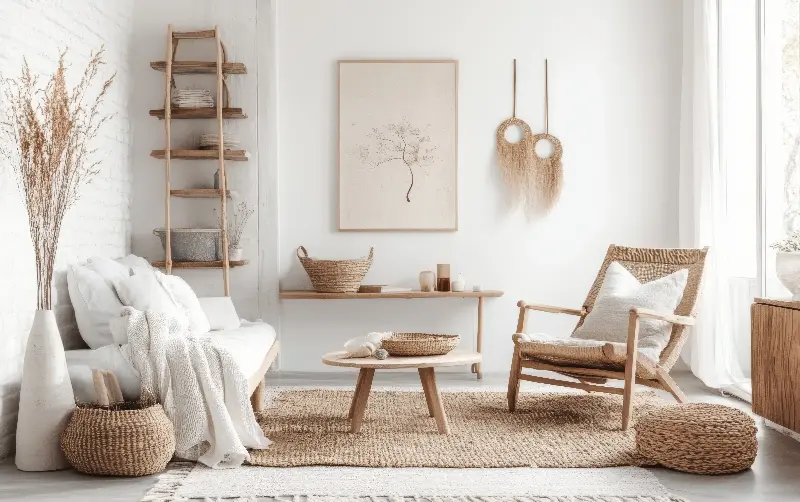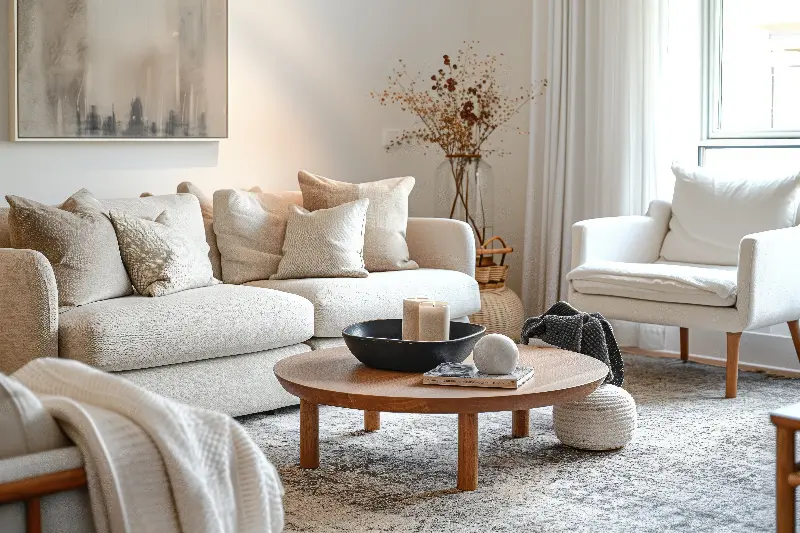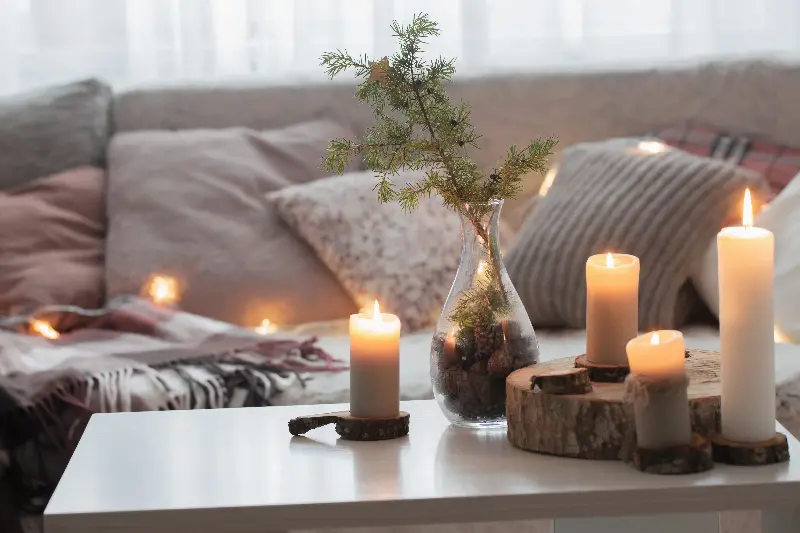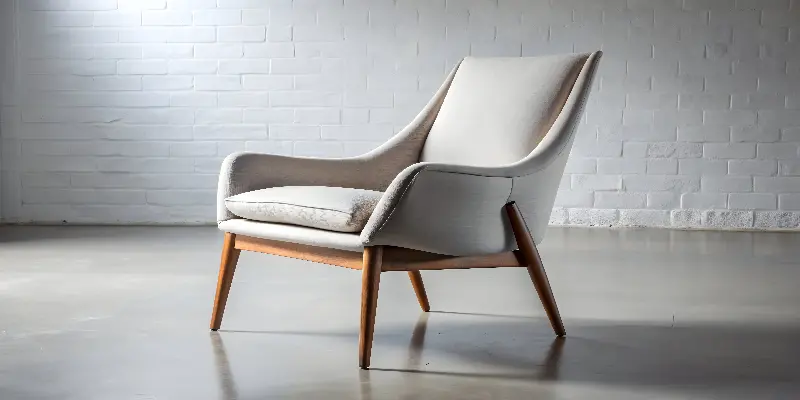Few design styles are as globally beloved as Scandinavian minimalism. Its exquisite blend of warmth and simplicity, known as “hygge” in Denmark and “lagom” in Sweden, has influenced contemporary interiors far beyond the borders of the Nordic countries. But why does this style endure through decades and fashion cycles, winning new admirers each year? The secret lies in its unique ability to turn less into more, crafting comfort, elegance, and functionality from modest means.

The Roots of Nordic Simplicity
To understand Scandinavian design’s widespread appeal, it helps to consider its origins. The style blossomed in the early 20th century, shaped by the distinct challenges of the Nordic environment. Northern Europe’s long, dark winters and short bursts of sunlight inspired a preference for interiors that feel open, airy, and light-filled.
Materials play a key role in channeling nature indoors. Traditionally, oak, ash, pine, and birch wood are used liberally in flooring, furniture, and accents, their pale tones echoing vast snowy landscapes and forests. Native wool, leather, and linen add rich textures that offer warmth without visual clutter. Every element is chosen not just for beauty, but for longevity and practicality—a hallmark of true Scandinavian minimalism.

The Power of Cozy Minimalism
Scandinavian interiors are famously minimal, but never stark. While many minimalist styles can read as cool or austere, Nordic minimalism is deeply rooted in coziness and human connection. The Danish concept of hygge, a term that roughly translates to “a feeling of cozy contentment,” is central to the approach.
This explains the thoughtful use of soft textiles—think chunky knit throws, plush cushions, and sheepskin rugs tossed over sleek chairs or wooden benches. Subdued, neutral color palettes, featuring lots of whites, creams, soft grays and gentle earth tones, keep spaces serene and visually uncluttered. Carefully chosen accent colors—mustard yellow, muted blue, forest green—add moments of interest without overwhelming calmness.
The power of this approach is in the balance. Rooms are edited thoughtfully, with only essential furniture and décor. Each item is chosen with intention, embodying both practicality and beauty. The result is interiors that invite relaxation and togetherness, making every room a little haven from the world outside.

Light as a Design Element
It’s no accident that Scandinavian homes are bathed in light. Large windows, often left unadorned or dressed in gauzy linen curtains, let in as much daylight as possible. Mirrors are frequently used to bounce light into darker corners, helping to dispel winter gloom. Pale walls and floors further amplify brightness, creating spaces that feel open even in the smallest city apartments.
Artificial lighting is no afterthought, either. Layered light sources—table lamps, wall sconces, and clusters of candles—build up a soft, glowing atmosphere. Candlelight, in particular, is a Scandinavian winter staple, adding flickering warmth to long evenings. In these interiors, light is more than a necessity; it’s a way to nurture well-being and elevate the everyday.

Timeless Furniture and Iconic Pieces
Perhaps nothing encapsulates Scandinavian design’s influence quite like its furniture. Icons such as Alvar Aalto’s bentwood stools, Arne Jacobsen’s Egg Chair, or Eero Saarinen’s organic silhouettes are prized by collectors and design lovers around the world. Their appeal? Effortless elegance, sturdy craftsmanship, and versatility.
Form is always guided by function. Chairs, tables, and storage solutions feature clean lines and minimalist profiles, sitting lightly in a space rather than dominating it. Pieces double up on practicality—a bench provides seating and storage, a table can expand for guests, sofas are low and inviting for lounging with family and friends. Even the smallest apartment feels comfortable and uncluttered because each item earns its place.

Nature’s Enduring Influence
Bringing the outdoors inside is another key inspiration behind Scandinavian style. The use of natural materials—wood, stone, wool, and leather—anchors interiors in their landscape. Houseplants thrive in sun-soaked windowsills, adding a touch of greenery to balance pale wood and white walls. In some Nordic homes, a sprig of foraged pine or a handful of wildflowers in a simple ceramic vase hints at the quiet drama of Nordic nature.
Seasonal changes infuse life into the décor. Fresh flowers in spring, berry branches in autumn, cozy furs in winter—décor changes with the rhythm of the year, always maintaining connection with the living world outside.

Practical Inspiration for Today’s Homes
The popularity of Scandinavian design persists because it adapts so well to modern lifestyles. City dwellers and suburban homeowners alike are embracing its principles to make the most of small spaces, create calming retreats from daily stress, and invest in fewer, better things.
Want to bring a hint of Nordic minimalism into your home? Start by editing your space—remove what you don’t use or love, and focus on adding warmth through textiles and lighting. Opt for simple, timeless furniture and celebrate natural materials. Remember, it isn’t about empty space or cold perfection. Instead, it’s about crafting an environment where you can breathe easier, gather with loved ones, and unwind in style.
Scandinavian design’s enduring legacy lies in its marriage of comfort, beauty, and simplicity, creating timeless interiors that feel as good as they look. With just a few mindful changes, anyone can capture a bit of that Nordic serenity—no matter where they live.
